1. Roasted Peacock with Feathered Presentation

In medieval Europe, roasted peacock wasn’t just a dish—it was a showstopper. After cooking the bird, chefs would carefully sew its iridescent feathers back onto the skin and serve it upright on a platter, beak and all. Sure, it looked impressive, but the meat was dry and tough, more for spectacle than flavor. It took hours of preparation and had zero payoff for the palate shares Reddit.
Today’s chefs would probably take one look at the sewing needle and walk right out. Not to mention the nightmare of dealing with all those feathers and bones just to plate something that didn’t even taste good. There’s a reason peacock isn’t exactly trending on modern menus. Presentation matters, but not when it comes with that much hassle adds Taste of History.
2. Cockentrice (Half Pig, Half Bird Frankenstein Meal)
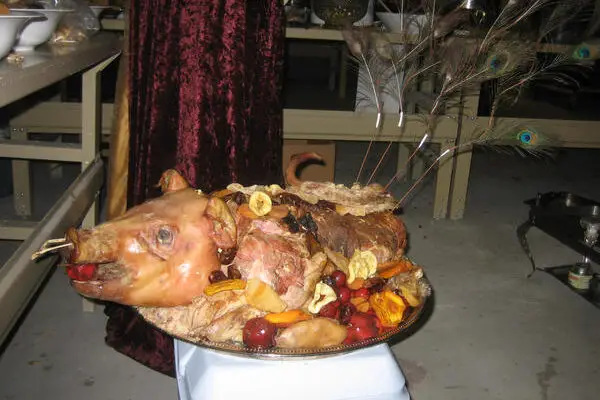
The cockentrice was a bizarre Tudor-era creation that involved sewing together the front half of a suckling pig and the back half of a capon or turkey. This stitched-together beast was then roasted and served whole, as if no one in the kitchen had any concept of subtlety. It was meant to impress nobles, but it mostly just confused anyone with a conscience or a knife says Wikipedia.
Even the boldest fusion chef would hesitate at literally fusing two animals together. The amount of prep, the precise cooking times, and the visual horror would be too much for most modern kitchens. It’s more like something out of a medieval prank show than a meal. One can only imagine Gordon Ramsay throwing the roasting pan across the room shares Gode Cookery.
3. Calf’s Foot Jelly
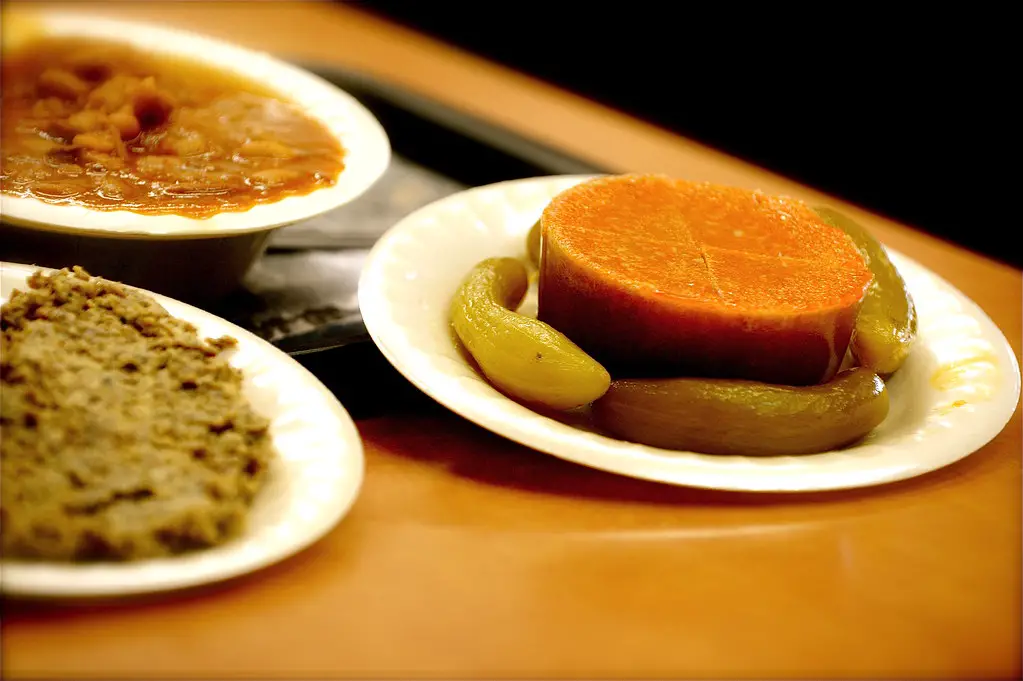
This delicacy was exactly what it sounds like: jelly made by boiling down a calf’s foot until all the gelatin and collagen broke down. It was often flavored with lemon or wine and molded into a shimmering, translucent block. Texture-wise, it sat somewhere between aspic and regret. It was once considered both elegant and medicinal.
Nowadays, the mere mention of “calf’s foot” would probably get a line cook to quit on the spot. The time-intensive prep, the smell, and the final result aren’t exactly appetizing in the age of Instagram-friendly plates. There’s only so much gelatin a person can take. Most chefs today prefer their desserts without hooves involved.
4. Lamprey Pie

Lampreys are jawless, eel-like creatures with a suction cup mouth full of teeth. Back in the Middle Ages, they were a royal delicacy, often baked into a pie with rich spices and thick sauce. The look of them alone is enough to kill anyone’s appetite. But they were prized for their flavor—at least before we had literally any better options.
Today’s chefs would be more likely to banish lampreys from the kitchen than bake them into anything. Cleaning one is a slimy nightmare, and explaining it to a diner would take a full dissertation. Even adventurous seafood lovers might pass. Not every tradition is worth reviving.
5. Garum (Rotten Fish Sauce)
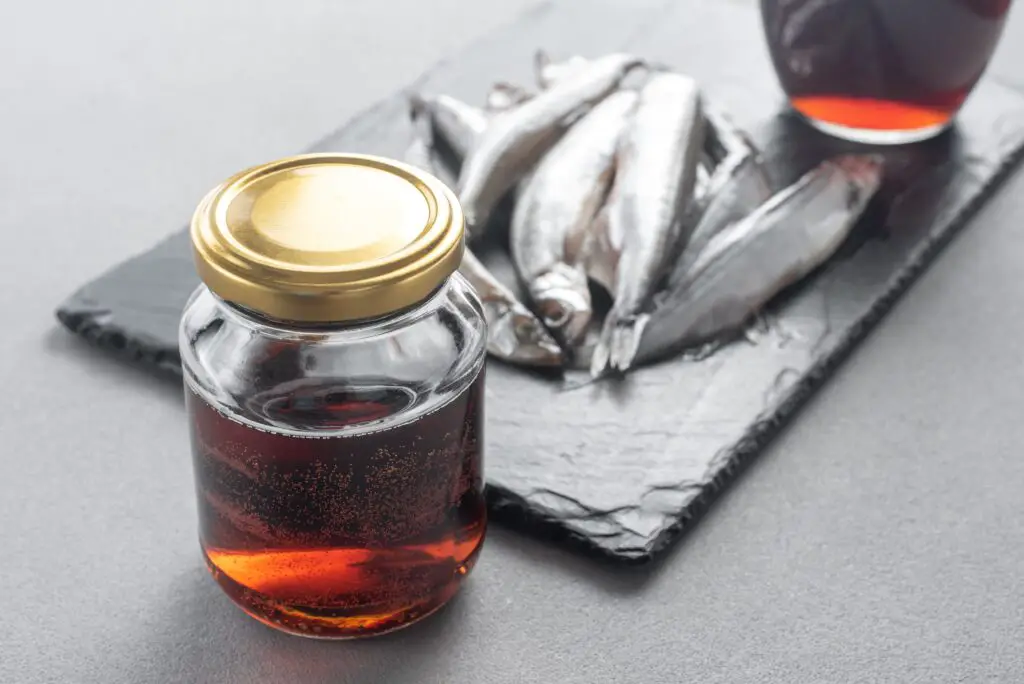
Garum was an ancient Roman condiment made by fermenting fish guts and salt in the sun until it liquefied. Think fish sauce—but way, way worse. The smell was so intense, it often had to be prepared far from residential areas. And yet, it was drizzled over everything like the ketchup of its time.
Modern chefs appreciate umami, but few want to age their ingredients in a clay jar for weeks under the sun. The hygiene alone is questionable, not to mention the olfactory assault. You’d have to really sell your staff on the “authenticity” to get them on board. Most would just say, “Nope,” and head for the exit.
6. Beaver Tail

Yes, people once ate beaver tail—and not just in survival situations. In colonial America and medieval Europe, the tail was considered a delicacy, praised for its fatty, rich texture. Catholics even classified it as “fish” so they could eat it during Lent. Talk about a theological loophole.
But for today’s chefs, sourcing beaver is already a hard no. Then there’s the leathery skin, the fatty layer, and the general confusion about how to prep it. The payoff just isn’t worth the effort. Plus, serving up beaver tail might not fly in the age of Yelp reviews.
7. Stuffed Dormice

The ancient Romans really went wild with their snacking. One of their favorite appetizers was dormice, roasted and stuffed with nuts and herbs. These tiny rodents were considered luxurious, often raised in special terracotta jars called gliraria to fatten them up. Imagine a mouse-sized Cornish hen—and then try to forget it.
Modern chefs wouldn’t even make it past the health code violations. Aside from the ethical and practical hurdles, the portion size alone is laughable. It’s one of those things that probably sounded better after a few goblets of wine. Today, most kitchens would rather go extinct than serve rodents on purpose.
8. Blood Pudding (Congealed Blood Sausage)
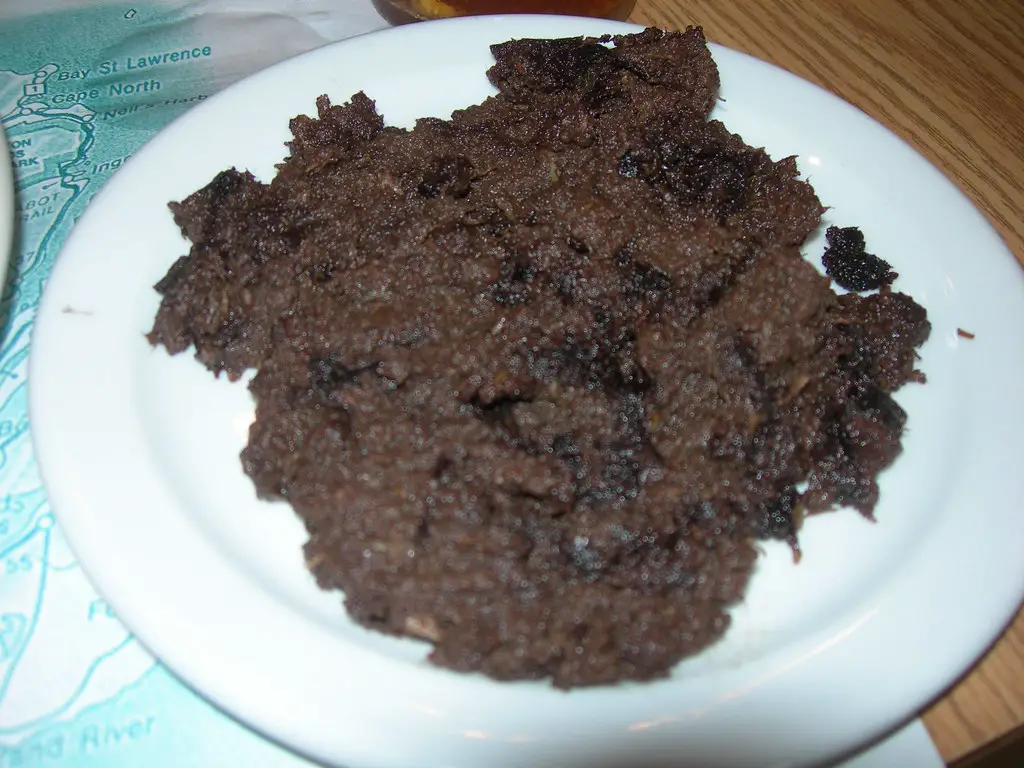
Blood pudding, also known as black pudding, has been a staple in various cultures, especially in the British Isles. It’s made from pig’s blood, oats, and fat, all packed into a sausage casing. When cooked right, it can actually be quite tasty—if you can get past the fact that it’s essentially a coagulated blood loaf.
Still, the idea of pouring fresh blood into a mixer would send most modern chefs running. It’s not that they’re squeamish, but blood isn’t the easiest ingredient to store, cook with, or explain to customers. And one misstep can turn something hearty into something horrifying. It takes a very specific kitchen culture to embrace it.
9. Boiled Sheep’s Head
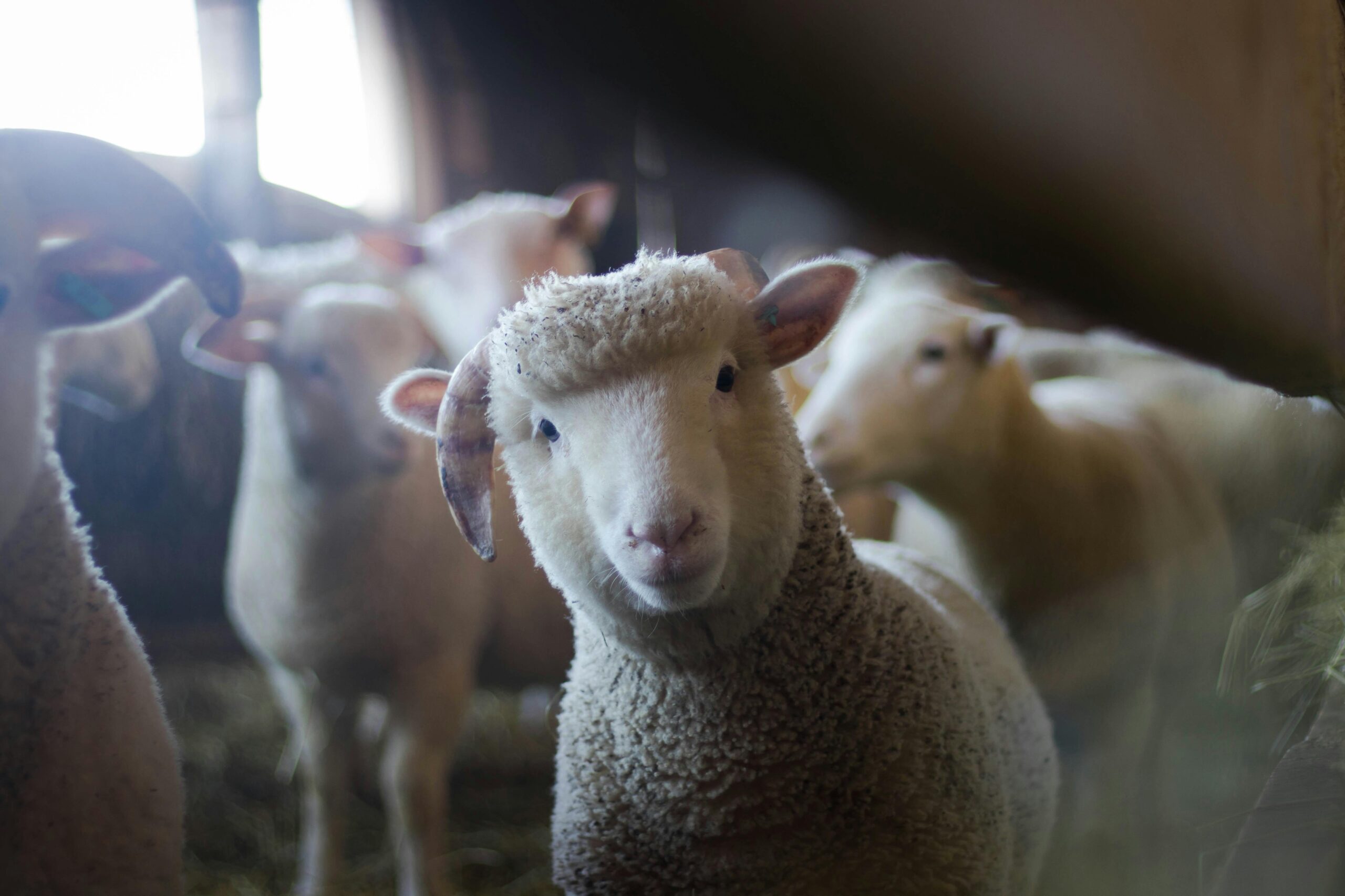
This traditional dish pops up in Scottish, Icelandic, and even some Middle Eastern cuisines. A whole sheep’s head is boiled or baked, often served with the eyes still in. Sometimes the skull is split in half for easier access to the brain. If you grew up with it, you might call it comfort food—but it’s a tough sell elsewhere.
Today’s chefs would likely skip the head and move on to something less… recognizable. The prep is time-consuming, and the visual presentation is unsettling to most diners. There’s also the issue of logistics: storing and cooking a whole head isn’t exactly easy. A lot of chefs would tap out before they even sharpened the knives.
10. Turtle Soup

Turtle soup was once a sign of sophistication, especially in the 18th and 19th centuries. Made by simmering turtle meat (often from the now-endangered green sea turtle), the soup was rich and gelatinous. It could take days to prepare properly, with stock that required constant skimming and seasoning.
In today’s kitchens, this would be more of a conservation nightmare than a culinary adventure. Ethical sourcing aside, most chefs don’t have the time—or desire—to slow-cook reptile meat. The flavor doesn’t justify the controversy or the effort. It’s the kind of dish that lives in history books, not modern menus.
11. Fermented Shark (Hákarl)
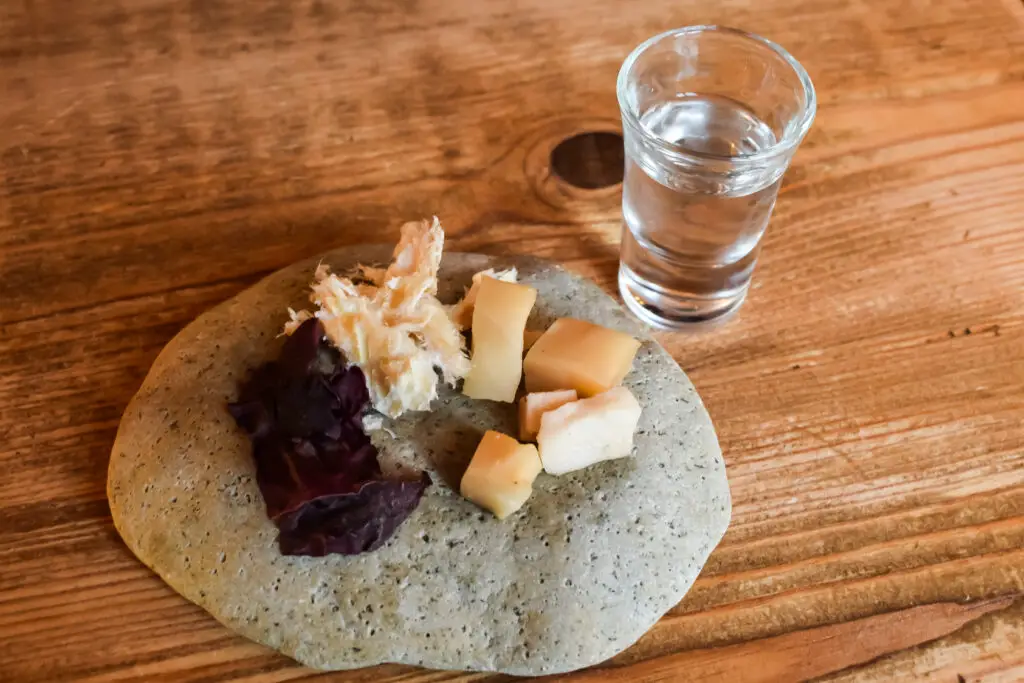
In Iceland, hákarl is a traditional food made by burying Greenland shark meat underground to ferment for months, then hanging it to dry. The result? A chewy, ammonia-rich snack that smells like a mix of cleaning supplies and low tide. It’s considered a rite of passage for tourists brave enough to try it.
But in a professional kitchen, this would be a hard pass for most chefs. The scent alone could clear out the back-of-house staff. Even adventurous cooks have their limits. And when “tastes like death” is the best review, you know it’s time to close the cookbook.
12. Mouse Wine

This one might top the list of truly baffling beverages. In some parts of Asia, mouse wine is made by fermenting baby mice in rice wine for over a year. It’s believed to have medicinal properties, though the science is shaky at best. The result is a drink with a pungent odor and an unmistakably graphic appearance.
Modern chefs wouldn’t just walk out—they’d probably call the health inspector themselves. No one wants to see floating rodents in a bottle, let alone serve them. It’s one of those traditions that makes you question everything you know about “regional flavor.” And no, there’s no way to make this Instagrammable.
